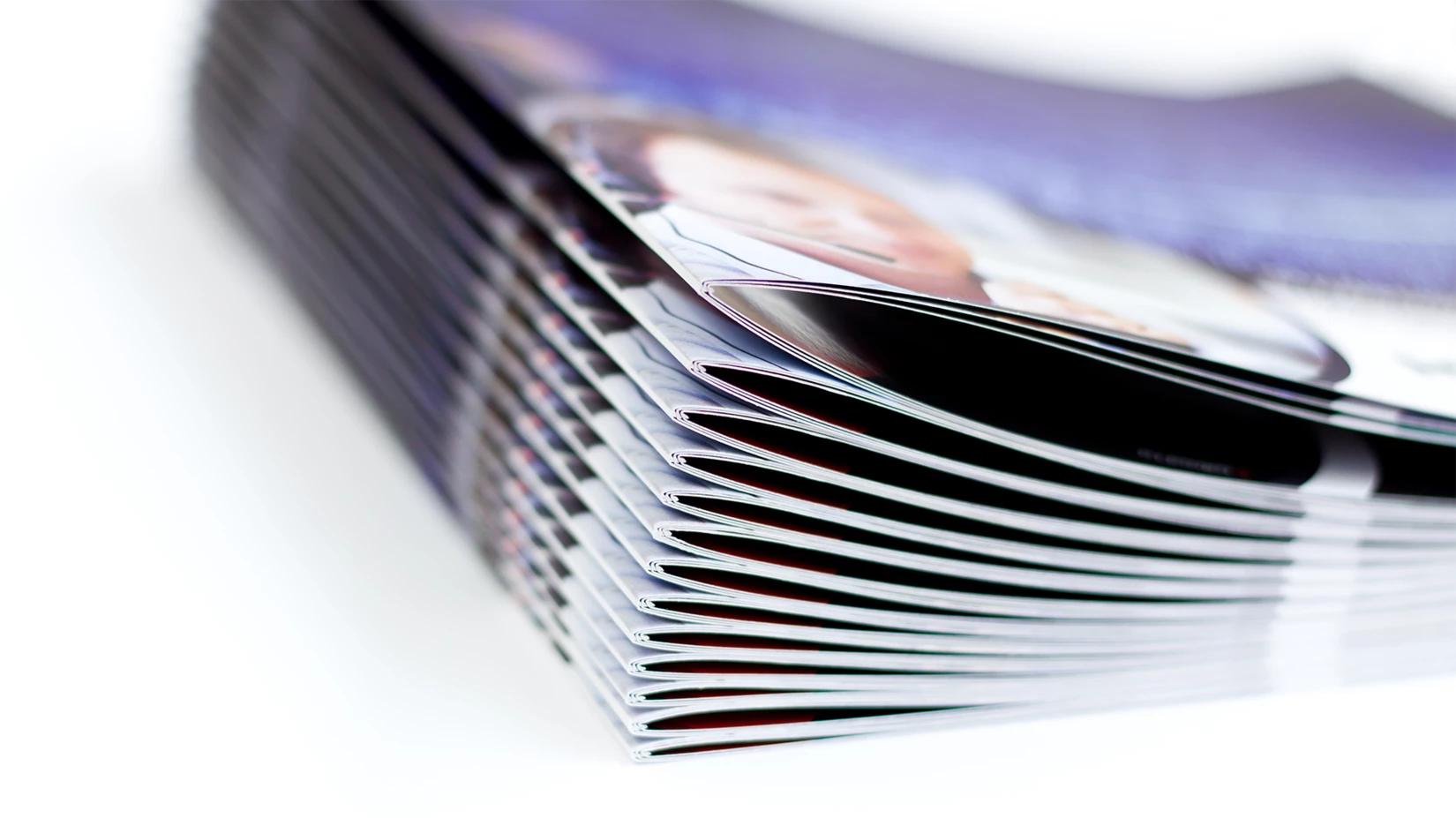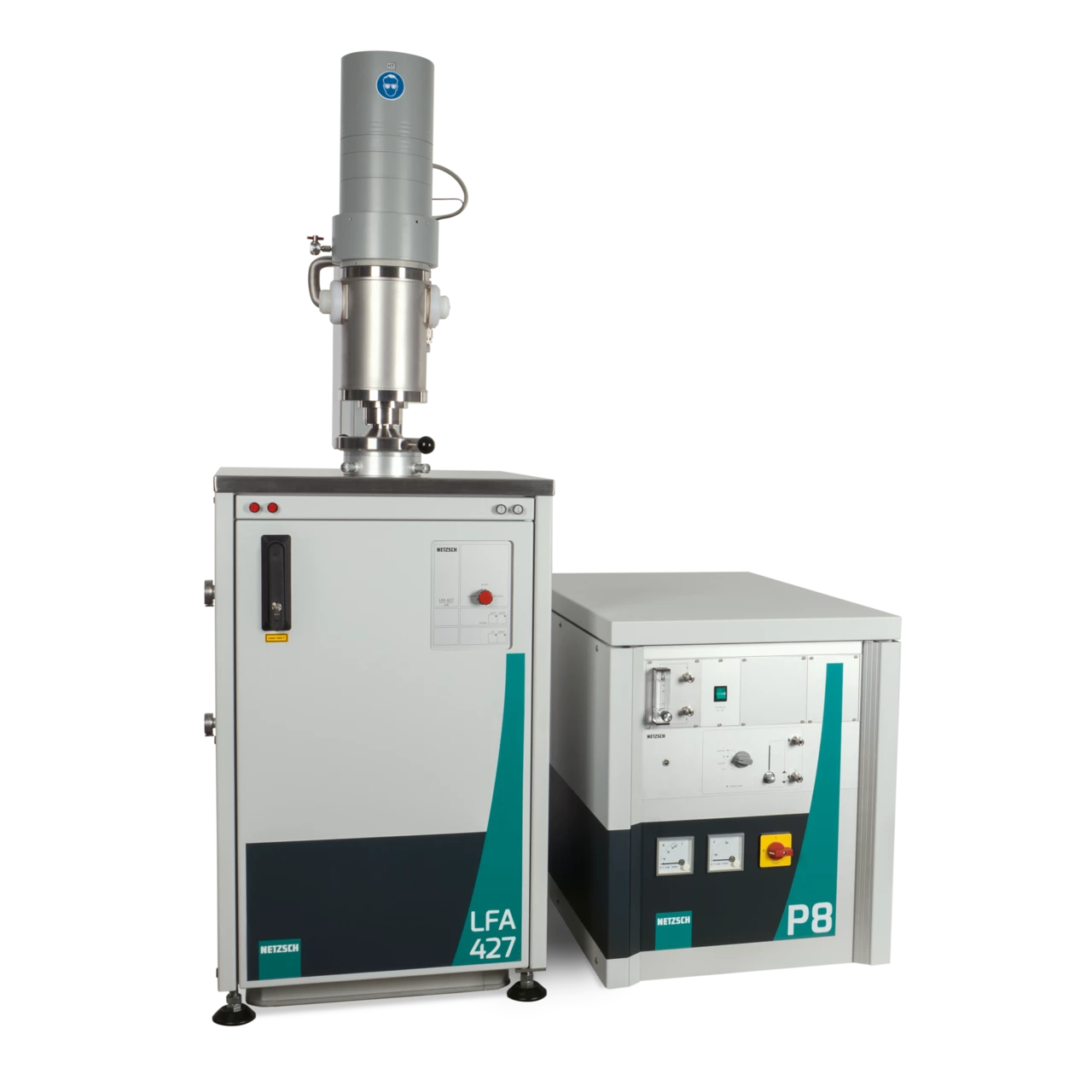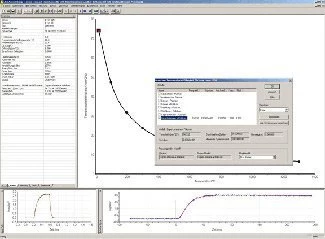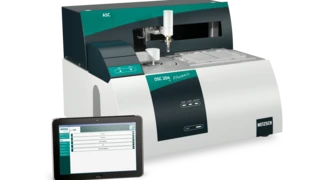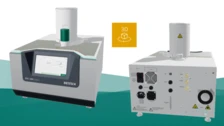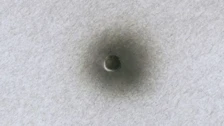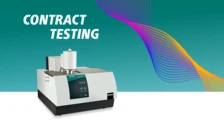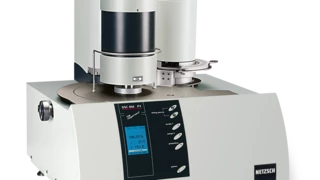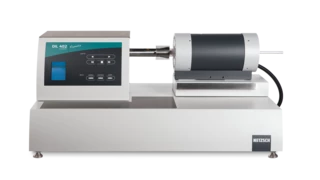Laser Flash technique over the broadest temperature range
Thermal conductivity and Thermal DiffusivityThermal diffusivity (a with the unit mm2/s) is a material-specific property for characterizing unsteady heat conduction. This value describes how quickly a material reacts to a change in temperature.thermal diffusivity are the most important thermophysical material parameters for characterizing the thermal transport properties of a material or component. The Laser Flash technique is currently the most widely accepted method for precise measurement of the Thermal DiffusivityThermal diffusivity (a with the unit mm2/s) is a material-specific property for characterizing unsteady heat conduction. This value describes how quickly a material reacts to a change in temperature.thermal diffusivity and the LFA 427 is the number one instrument on the world market.
High precision and reproducibility, short measurement times, variable sample holders and defined atmospheres are outstanding features of LFA measurements over the entire application range from -120°C to 2800°C.
A special version with a pyrometer allows measurements from room temperature to 2800°C.
The Thermal ConductivityThermal conductivity (λ with the unit W/(m•K)) describes the transport of energy – in the form of heat – through a body of mass as the result of a temperature gradient (see fig. 1). According to the second law of thermodynamics, heat always flows in the direction of the lower temperature.thermal conductivity of disk-shaped samples of ceramic, glass, metals, melts and liquids, powders, fibers and multi-layer materials ranging from vacuum insulation panels to diamonds is measured with equal speed and accuracy. The temperature-dependent measured Thermal DiffusivityThermal diffusivity (a with the unit mm2/s) is a material-specific property for characterizing unsteady heat conduction. This value describes how quickly a material reacts to a change in temperature.thermal diffusivity value along with the corresponding specific heat (DSC 404 F1 Pegasus®) and DensityThe mass density is defined as the ratio between mass and volume. density (DIL 402 C) data are used to calculate the Thermal ConductivityThermal conductivity (λ with the unit W/(m•K)) describes the transport of energy – in the form of heat – through a body of mass as the result of a temperature gradient (see fig. 1). According to the second law of thermodynamics, heat always flows in the direction of the lower temperature.thermal conductivity.
The laser power, pulse width, gas and vacuum are variable over a wide range, making it possible to set the optimum measurement conditions for the very different sample properties.
The LFA 427 is the most powerful and versatile LFA system for research and development as well as all applications involving characterization of standard and high-performance materials in automobile manufacturing, aeronautics, astronautics and energy technology.

Request a Quote
Technical Data
Temperature range
(5 furnace types)
Heating- and cooling rates
Laser power
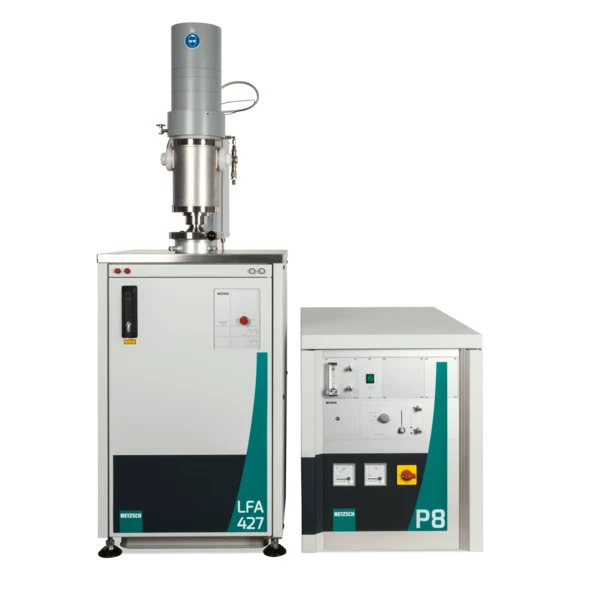
Contactless measurement of temperature rise
with IR detector
Measuring range:
0.01 mm2/s to 1000 mm2/s
(Thermal DiffusivityThermal diffusivity (a with the unit mm2/s) is a material-specific property for characterizing unsteady heat conduction. This value describes how quickly a material reacts to a change in temperature.thermal diffusivity)
Measuring range:
0.1 W/mK to 2000 W/mK
(Thermal ConductivityThermal conductivity (λ with the unit W/(m•K)) describes the transport of energy – in the form of heat – through a body of mass as the result of a temperature gradient (see fig. 1). According to the second law of thermodynamics, heat always flows in the direction of the lower temperature.thermal conductivity)
Sample dimensions:
6 mm to 12.7 mm diameter (20 mm special version), 10x10 mm square
0.1 mm to 6 mm thickness
Sample holder:
Al2O3, graphite
Liquid metal holder:
sapphire
Sample holder for liquids:
platinum
Atmospheres:
inert, oxidizing, reducing, static, dynamic
High vacuum-tight assembly
up to 10-5 mbar
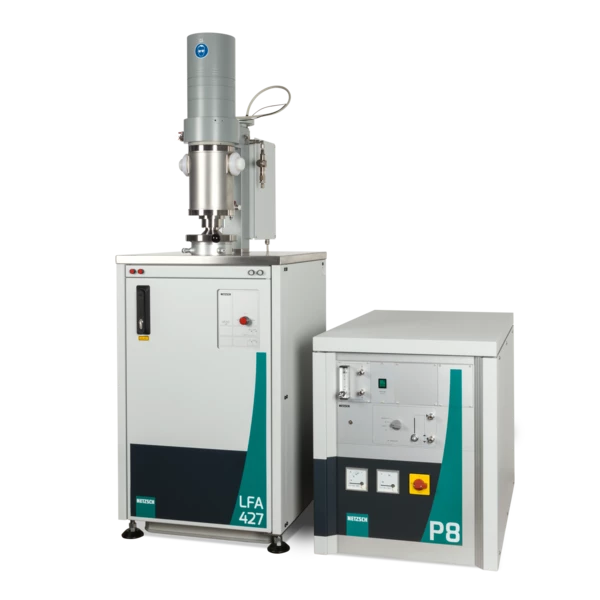
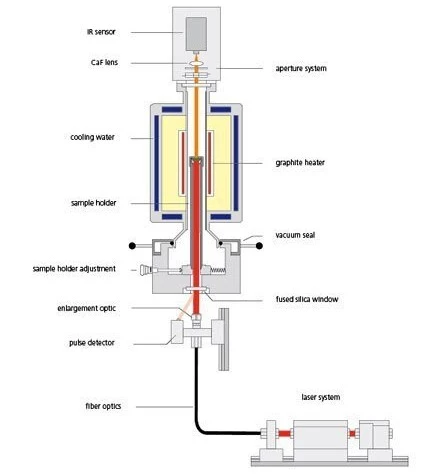
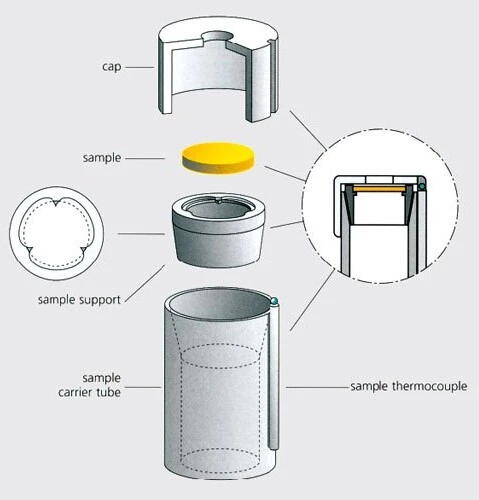
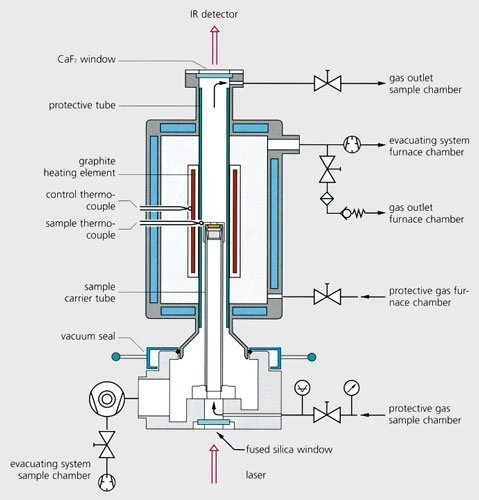

„Along with the reliability of the LFA instruments, the excellent customer support provided by NETZSCH-Gerätebau GmbH has been decisive in this long-year collaboration. The long-term availability of spare parts has been just as important as the excellent and always available on-site service, along with the option for comprehensive maintenance of the systems directly at NETZSCH-Gerätebau GmbH in Selb.“
Application Literature
